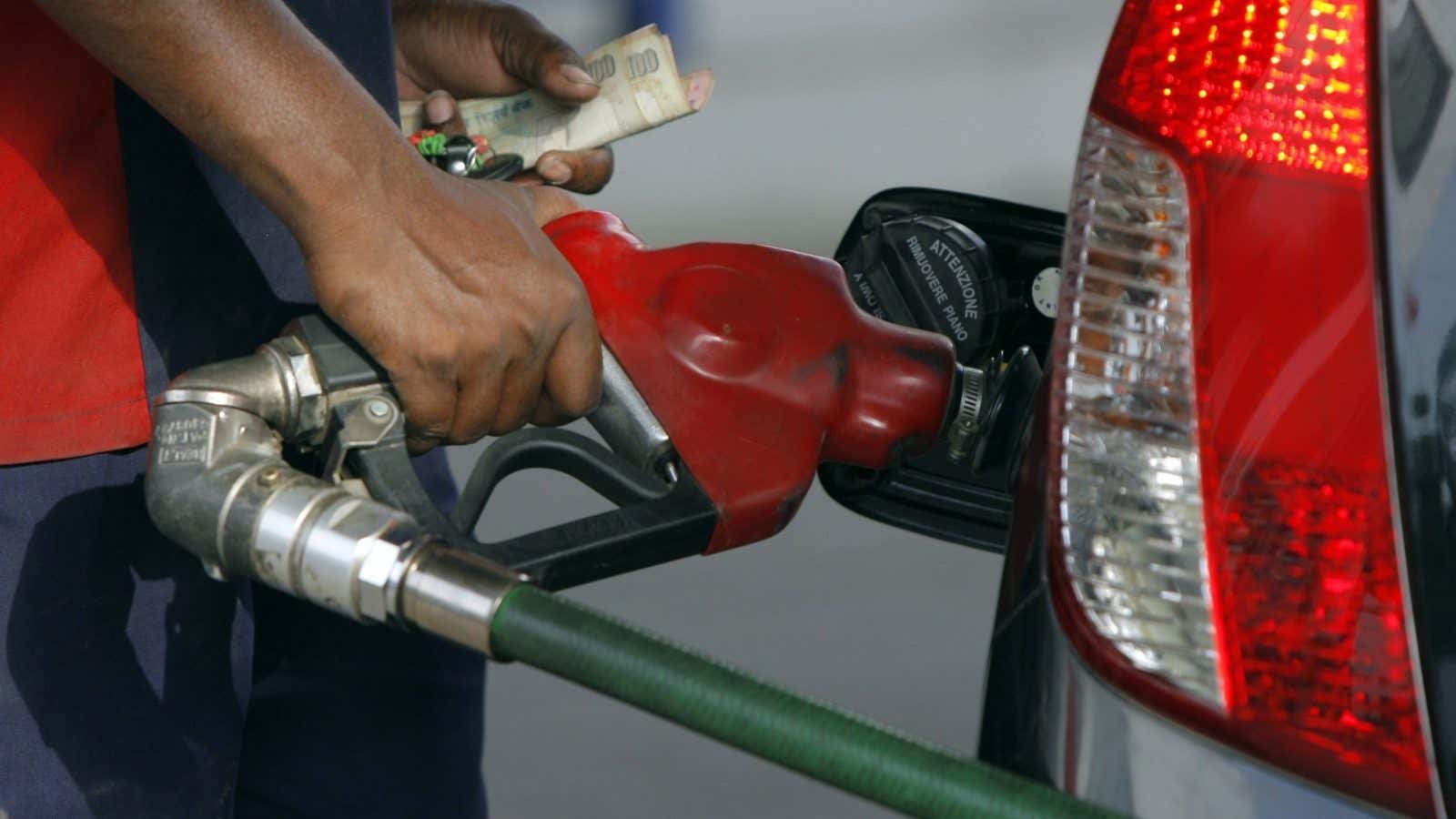For eight days in a row since May 14, prices for petrol and diesel have been on the uptick in India as retailers pass on rising global oil prices to consumers. Government-owned oil companies, which largely control the fuel market, resumed price hikes after a 19-day pause that ended with the recently-concluded Karnataka assembly elections.
The hikes may not be over yet as the financial stress is piling on both the government and oil firms.
Even before the hikes, on May 13, the cost of petrol in New Delhi was Rs74.63 per litre. Had the global price trends been allowed to reach consumers, it would have cost up to Rs4.75 per litre higher in the national capital, according to an estimate by Morgan Stanley.
Meanwhile, the global benchmark Brent crude prices have gone up by another 2.5% since May 13.
This trend could deal a body blow to the Indian government which for three years since 2014 enjoyed a windfall from benign global prices. Now, the resurgence comes at a time when prime minister Narendra Modi is preparing to seek reelection in a year’s time.
And he wouldn’t want to tick off voters.
“I accept that the citizens of India and especially the middle-class family have to suffer a lot due to price hike of oil. It’s not in our hand. There is less production of oil in OPEC countries (the lobby of oil producing nations),” Modi’s oil minister Dharmendra Pradhan told the media on May 20. “The Indian government will soon come out with a solution.”
In the interim, the clamour for a cut in state and central government duties on fuel, which make up for half of the retail price, is only growing. “…there is a scope of bringing down the excise duties. While such a move will have an implication on the fiscal revenues at this juncture there is a need to do the fine balancing act,” said Rashesh Shah, president of the corporate lobby Federation of Indian Chambers of Commerce and Industry (FICCI).
However, some observers are apprehensive. “In an ideal situation, they would like to bring the duties down. Unfortunately, the financials of the state governments are not in good shape. So even if they want to they may not be able to do it,” Deven Choksey, managing director at KR Choksey Securities, told Quartz.
The runaway rally in global crude prices has widened India’s trade deficit. Worsening the matter is a substantially weaker rupee, at a 16-month low, making imports even costlier.
In 2018 alone, Brent crude has surged nearly 19%, and the only factor that may cap this rise is the return of supply from US-based shale oil producers. According to Choksey, these firms recover their cost of production if global crude oil prices are between $65 and $70 a barrel. At $80 and above, they will be encouraged to increase output and, therefore, help cap the prices from other traditional suppliers like the OPEC.
That may reduce the damage, if not bring some comfort, to the Indian government’s stretched finances.
